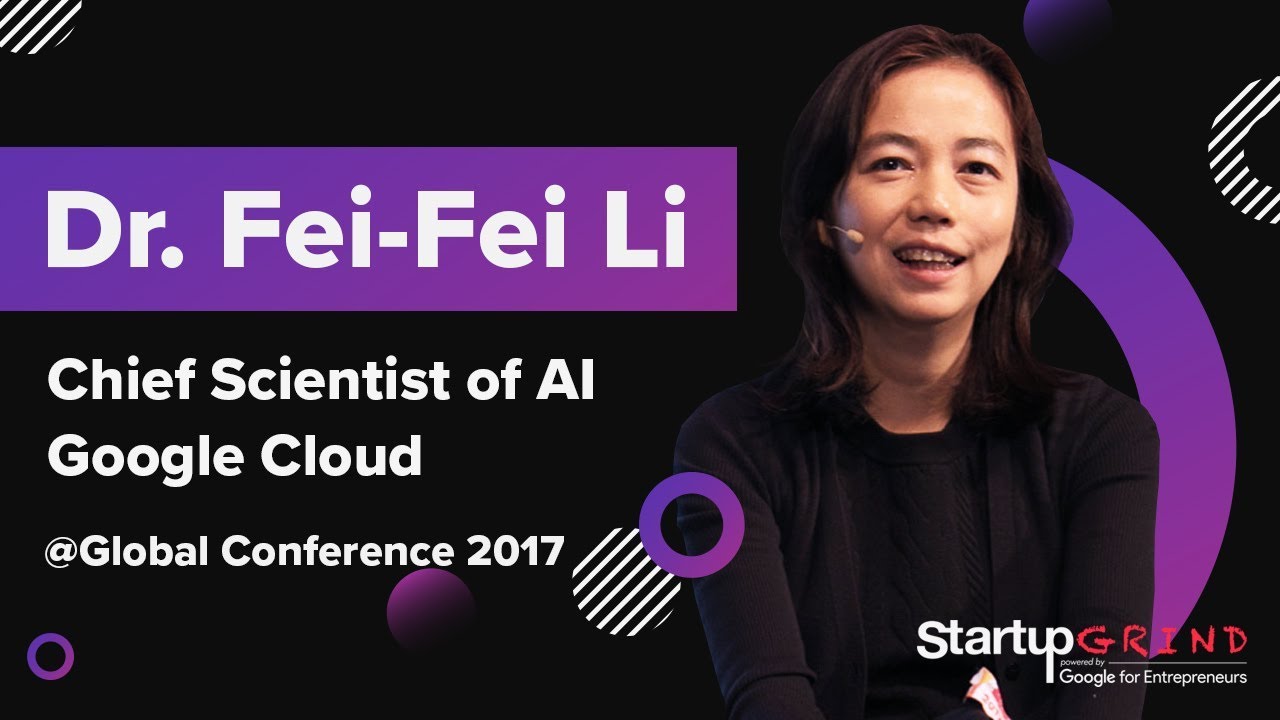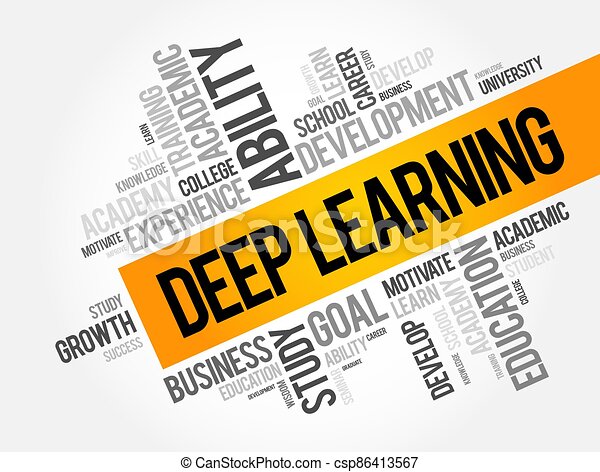
Reinforcement depth learning is a subfield in machine learning that combines both reinforcement learning and deeplearning. This subfield studies how a computation agent learns by trial-and error. The goal of reinforcement deep learning is to teach a machine to make good decisions without needing to be programmed. Robot control is just one example of reinforcement deep learning's many applications. This article will discuss several uses of this research method. We will be discussing DM-Lab, and the Way Off-Policy method.
DM-Lab
DM-Lab is a Python library and task set that allows for the study of reinforcement-learning agents. This package is used by researchers to build new models of agent behavior as well as automate the evaluation and analysis of benchmarks. This software is intended to make reproducible research more accessible. It contains several task suites to help you implement deep reinforcement learning algorithms within an articulated body simulation. Visit DM-Lab for more information.

Deep Learning combined with reinforcement learning has allowed for remarkable progress in a variety tasks. Importance Weighted Actor Learner Architecture achieved a median human normalised score (59.7%) on 57 Atari Games and 49.4% at 30 DeepMind Lab Levels. While it may be a tad bit early to compare the two methods, the results demonstrate their potential for AI development.
Way Off-Policy algorithm
The terminal value function of previous policies is used by A Way Off-Policy reinforcement deep-learning algorithm to improve on-policy performance. This improves sample efficiency by using older samples from the agent's experience. This algorithm has been extensively tested and is comparable to MBPO for manipulating tasks and MuJoCo locomotion. The efficiency of the algorithm has been also tested against model-free or model-based methods.
One of its main strengths is its ability to adapt to future tasks while still being cost-effective for reinforcement learning situations in real-world scenarios. It is important to remember that off-policy strategies cannot only be used for reward tasks. They must also work with stochastic tasks. For such tasks, reinforcement learning for self driving cars is a possible alternative.
Way off-Policy
For evaluating processes, off-policy frameworks can be useful. However, they have several drawbacks. Off-policy learning becomes challenging after a certain amount of exploration. In addition, the algorithm's assumptions may be flawed as an old agent, which can lead to a different behavior than one that is new. These methods are not only suitable for reward tasks, but they can also be used to solve stochastic problems.

The on-policy reinforcementlearning algorithm will typically evaluate the same policy and make improvements. If the Target Policy equals Behavior Policy it will perform the identical action. It can also do nothing if it is not based on any previous policies. Off-policy learning is better for offline learning. Algorithms use both policies. For deep learning, which method is more effective?
FAQ
Why is AI used?
Artificial intelligence refers to computer science which deals with the simulation intelligent behavior for practical purposes such as robotics, natural-language processing, game play, and so forth.
AI can also be called machine learning. This refers to the study of machines learning without having to program them.
Two main reasons AI is used are:
-
To make our lives easier.
-
To do things better than we could ever do ourselves.
Self-driving vehicles are a great example. AI is able to take care of driving the car for us.
Are there potential dangers associated with AI technology?
Of course. They always will. Some experts believe that AI poses significant threats to society as a whole. Others argue that AI has many benefits and is essential to improving quality of human life.
AI's potential misuse is the biggest concern. It could have dangerous consequences if AI becomes too powerful. This includes robot dictators and autonomous weapons.
AI could also take over jobs. Many people fear that robots will take over the workforce. Others think artificial intelligence could let workers concentrate on other aspects.
For example, some economists predict that automation may increase productivity while decreasing unemployment.
What does AI mean for the workplace?
It will change the way we work. We can automate repetitive tasks, which will free up employees to spend their time on more valuable activities.
It will improve customer services and enable businesses to deliver better products.
It will allow us to predict future trends and opportunities.
It will give organizations a competitive edge over their competition.
Companies that fail AI adoption are likely to fall behind.
How does AI work
Understanding the basics of computing is essential to understand how AI works.
Computers save information in memory. Computers use code to process information. The code tells computers what to do next.
An algorithm is a set or instructions that tells the computer how to accomplish a task. These algorithms are often written in code.
An algorithm could be described as a recipe. A recipe can include ingredients and steps. Each step represents a different instruction. An example: One instruction could say "add water" and another "heat it until boiling."
Statistics
- More than 70 percent of users claim they book trips on their phones, review travel tips, and research local landmarks and restaurants. (builtin.com)
- While all of it is still what seems like a far way off, the future of this technology presents a Catch-22, able to solve the world's problems and likely to power all the A.I. systems on earth, but also incredibly dangerous in the wrong hands. (forbes.com)
- In 2019, AI adoption among large companies increased by 47% compared to 2018, according to the latest Artificial IntelligenceIndex report. (marsner.com)
- That's as many of us that have been in that AI space would say, it's about 70 or 80 percent of the work. (finra.org)
- According to the company's website, more than 800 financial firms use AlphaSense, including some Fortune 500 corporations. (builtin.com)
External Links
How To
How to set Amazon Echo Dot up
Amazon Echo Dot can be used to control smart home devices, such as lights and fans. To begin listening to music, news or sports scores, say "Alexa". You can ask questions, make calls, send messages, add calendar events, play games, read the news, get driving directions, order food from restaurants, find nearby businesses, check traffic conditions, and much more. It works with any Bluetooth speaker or headphones (sold separately), so you can listen to music throughout your house without wires.
Your Alexa enabled device can be connected via an HDMI cable and/or wireless adapter to your TV. For multiple TVs, you can purchase one wireless adapter for your Echo Dot. Multiple Echoes can be paired together at the same time, so they will work together even though they aren’t physically close to each other.
These steps will help you set up your Echo Dot.
-
Turn off your Echo Dot.
-
Connect your Echo Dot to your Wi-Fi router using its built-in Ethernet port. Make sure the power switch is turned off.
-
Open Alexa for Android or iOS on your phone.
-
Choose Echo Dot from the available devices.
-
Select Add a new device.
-
Choose Echo Dot among the options in the drop-down list.
-
Follow the instructions.
-
When asked, enter the name that you would like to be associated with your Echo Dot.
-
Tap Allow access.
-
Wait until your Echo Dot is successfully connected to Wi-Fi.
-
Do this again for all Echo Dots.
-
Enjoy hands-free convenience